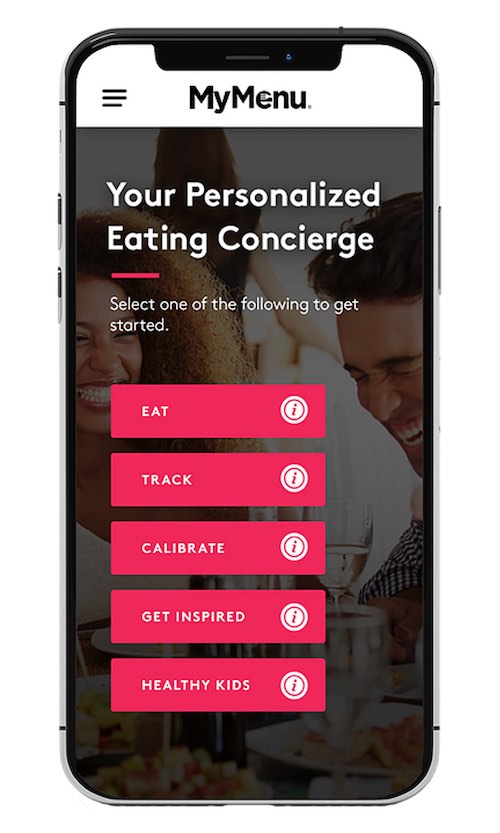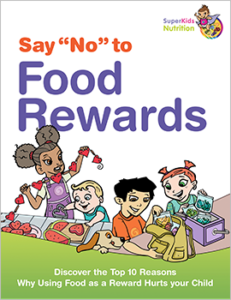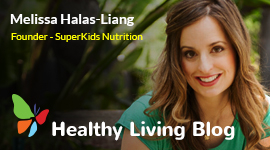
Feeding your baby for the first time can be an exciting experience so ditch any fears with these go-to tips!
It is a lot of fun to watch how your baby reacts to new foods – the faces they make are adorable! Plus it is one of many significant developmental milestones ahead. Read on to learn all about how to start your baby on their first foods in a safe and healthy way.
Starting Solids
Its recommended for babies to start solids at 6 months, however, on rare occasions there are exceptions. It’s important not to start before 4 months. Begin with 1-2 tablespoons per meal, with 1-2 meals per day. At this point, eating food is not as much about meeting baby’s nutritional needs (which are supplied from breast milk and formula) but more about stimulating mouth muscle development.
Ready, Set… Go!
You know your child is ready to eat when they are about double their birth weight and they:
- Can sit in a high chair or feeding chair and hold their head up.
- Show interest in the food you are eating – they might even mimic your eating and chewing movements.
- Lean forward in anticipation of food.
- Can take food from a spoon with their mouth and maneuver it to the back of the throat for swallowing with their tongue.
* Note: Each child experiences different rates of development.
Baby’s First Foods
It used to be recommended to start with rice cereal because it is hypoallergenic and easily digested. However, now we know fortified grains, meats, and vegetables can be introduced as a first complementary (to breast milk and formula) food depending on your preference. Dark meats are especially important because they are rich sources of iron (e.g., beef and dark meat poultry) and baby’s iron stores are low at this point. However, iron can also come from other plant-based sources such as iron-fortified baby cereal, beans, broccoli, potatoes, and tofu – yet, vegetarian sources of iron are not as readily absorbed as animal sources of iron.
Tips for Feeding the First Foods
- Feed baby when they are in a playful and alert mood (not tired or overly hungry).
- Use a small soft metal spoon (i.e., no sharp edges) or other eco-friendly material with a shallow bowl in it.
- Feed slowly, so baby doesn’t choke.
- Only feed while the baby is still interested.
- Do not feed baby lying down. Feed baby in a high chair or car seat for proper positioning. (Side note: never feed a baby a bottle when they are lying flat on their back – it can cause ear infections.)
- Sit directly in front of baby, so they don’t have to turn their head.
How to Start Solids with Your Baby
- Introduce one food at a time over a period of 3-5 days, to ensure there are no allergic reactions (like a rash) or digestive problems (such as abdominal bloating, diarrhea or vomiting).
- Focus on whole, unprocessed fruits and vegetables that can be mashed or pureed, in addition to baby cereals.
- Develop their palates early by using small amounts of herbs and spices that you also enjoy, to create certain food acceptance early on.
- You can introduce dairy as a protein (yogurt, cheese) but not cows milk until year 1. You can also introduce fish.
- Some research shows the early introduction of peanuts and eggs (at 4 to 6 months) may reduce their risk of developing an allergy to the foods. Always pay close attention and evaluate for food allergies.
- Avoid adding sweeteners or unhealthy fats. Use naturally sweet foods, and healthy natural fats to add flavor. Adding mashed banana to oatmeal naturally provides a sweet taste, and adding some olive oil to mashed/ pureed veggies creates a more palatable and healthy dish.
- See our introduction to solids for more details.
Updated 9/2019












